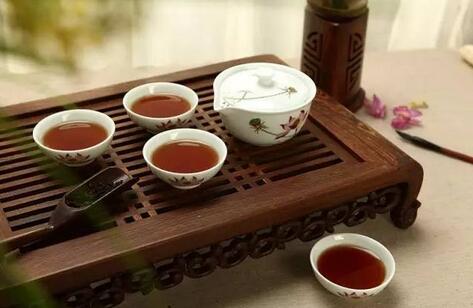
For beginners learning about Pu-erh tea, it can be overwhelming to know where to start, as many Pu-erh tea concepts, terms, and basics are unfamiliar. This article is designed to help newcomers quickly grasp the essentials of Pu-erh tea.
◎What is Pu-erh tea?
Pu-erh tea originates from the Lancang River basin in southern and western Yunnan, made from the sun-dried leaves of large-leaf tea trees. It is compressed into various shapes (like cakes, tuos, or bricks) and aged over time, or artificially fermented to produce ripe Pu-erh tea in loose or compressed forms.
◎What is raw tea?
Sun-dried large-leaf tea from Yunnan, pressed into cakes, tuos, or bricks without fermentation, is called raw Pu-erh. Uncompressed leaves are referred to as maocha (rough tea).

◎What is ripe tea?
Sun-dried large-leaf tea undergoes wet piling fermentation before being pressed into ripe cakes, tuos, or bricks.
◎How to distinguish raw and ripe Pu-erh?
Raw Pu-erh (under 10 years) appears dark green, with a light floral aroma and orange-yellow liquor. Ripe Pu-erh is dark brown, with an earthy scent and reddish-brown liquor.
◎Which tea category does Pu-erh belong to?
Pu-erh is neither dark tea nor black tea. Its unique processing places it as a "reprocessed specialty tea" in Chinese tea classification.
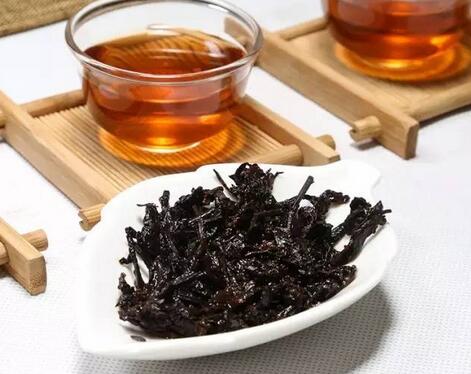
What are spring, summer, and autumn teas? How to differentiate?
Spring tea (harvested Feb-Apr, especially 15 days post-Qingming) is the finest, with tender buds. Summer tea (May-Jul, "rain tea") mimics spring tea if well-made. Autumn tea (Aug-Oct) is called "grain flower tea."
◎Production process and methods?
Two methods: 1) Raw tea: withering → rolling → sun-drying. 2) Ripe tea: withering → rolling → drying → wet piling → drying.
Sun-drying vs. oven-drying: differences?
Sun-dried tea (traditional Pu-erh) preserves aging potential. Oven-dried tea (common for green tea) has a shorter shelf life. Simply put, sun-drying is for Pu-erh; oven-drying for green tea.
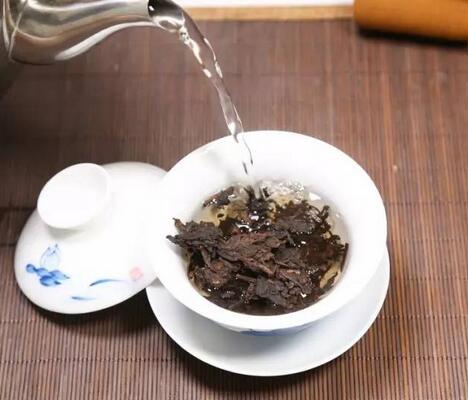
How is Pu-erh graded? Does higher grade mean better quality?
Grades range from high (e.g., Gongting, premium) to low (6-10). Higher grades have more buds; lower grades contain stems. Quality isn't solely determined by grade—it reflects tenderness, not necessarily flavor.
◎Dry vs. wet storage: differences?
Dry storage (80% humidity) accelerates fermentation but risks mold. Beware of sellers passing off wet-stored tea as aged dry-stored tea.
◎Tips for buying Pu-erh?
Four principles: 1) Clean aroma—no off-odors. 2) Pure color—jujube-red, not black. 3) Proper storage—dry, not damp. 4) Smooth taste—mellow, not杂乱. Six don'ts: avoid misleading age claims, fake packaging, color excuses, added flavors, or overemphasis on tree age.
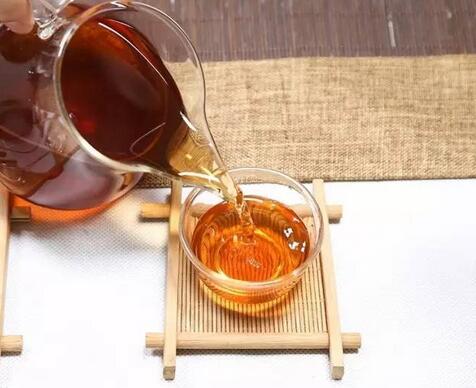
◎How to store Pu-erh?
Keep compressed tea in original packaging. For loose tea, use purple clay jars. Store in clean, odor-free, dark environments with stable temperature/humidity—"dry, ventilated, and odor-free."
◎Where are Pu-erh tea regions located?
Ancient six tea mountains: Youle, Gedeng, Yibang, Mangzhi, Manzhuan, and Mansai (all in勐腊 except Youle in景洪).
◎What is "crab feet"?
A parasitic plant growing on aged tea trees, resembling crab claws. It has a plum-like aroma and medicinal value, aiding stomach/diabetes issues.
◎Main components of Pu-erh?
Amino acids, alkaloids, polyphenols, tannins, caffeine, pigments, vitamins, etc.
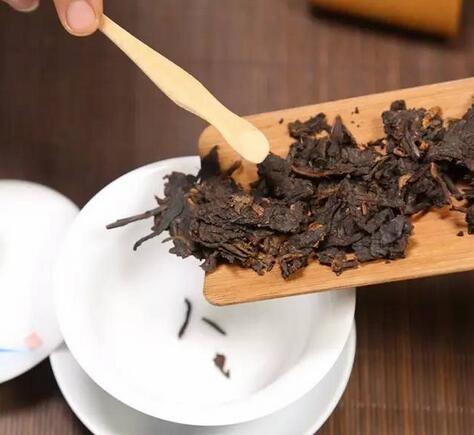
◎Health benefits?
Fat reduction, beauty, hangover relief, anti-aging, stomach protection, etc.
◎What is Pu-erh's "recipe number" (e.g., 7531)?
75 = 1975 recipe (not production year). 3 = average leaf grade (higher = tender). 1 = factory code (e.g., Kunming=1, Menghai=2).
◎How to brew Pu-erh?
Purple clay pots enhance flavor;盖碗 is ideal for tasting; office use "easy cups."
◎Terminology guide
Hairy: abundant fuzz.
Even: uniform, free of stems.
Compact: firm compression.
Stout: plump buds.

Clear: transparent liquor.
Vivid: bright color.
Deep: dark liquor.
Light: pale liquor.
Bright: clear and shiny.
Turbid: cloudy with particles.
Sediment: settled particles.
High aroma: strong and lasting.
Pure: clean and normal.
Flat: weak but not off.
Dull: stale.
Grassy: under-processed.
Toasty: baked flavor.
Aged: mature notes.
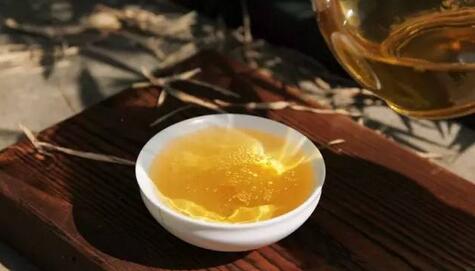
Sweet aftertaste: lingering sweetness.
Strong: bold and punchy.
Mellow: rich and smooth.
Full-bodied: balanced strength.
Clean: mildly sweet.
Soft: gentle sweetness.
Neutral: mild.
Thin: weak flavor.
Astringent: mouth-puckering.
Green astringency: raw and harsh.
Bitter: pronounced bitterness.
Steamed: dull cooked taste.
Thick leaves: robust texture.
Open: soft unfolded leaves.
Lustrous: vibrant.
Dull mix: uneven aging.
Scorched: burnt spots.
Powerful: intense but balanced bitterness/sweetness.
Neifei: embedded label.
Neipiao: larger insert with details.
Zhifei: bundle packaging label.
Arbor tea: tall trees (3-5m+).
Bush tea: short (1.5-3m).
Semi-arbor:介于两者间.
Pre-Qingming: early spring harvest.
Pre-grain rain: late spring harvest.
Mountain origin: e.g., Ban Zhang, Yi Wu.
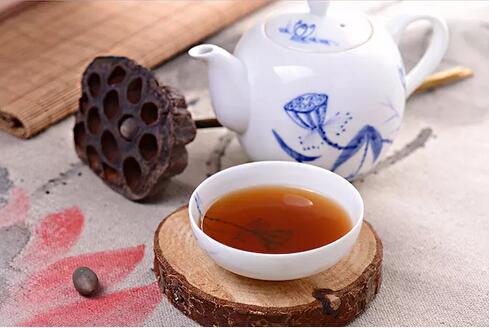
Tea nuggets: clumps from piling (very耐泡). Best brewed boiled.
Facing: surface layer for appearance.
Purple buds: UV-induced变异.
Single material: uniform内外料.
Tea paste: ancient imperial浓缩茶.